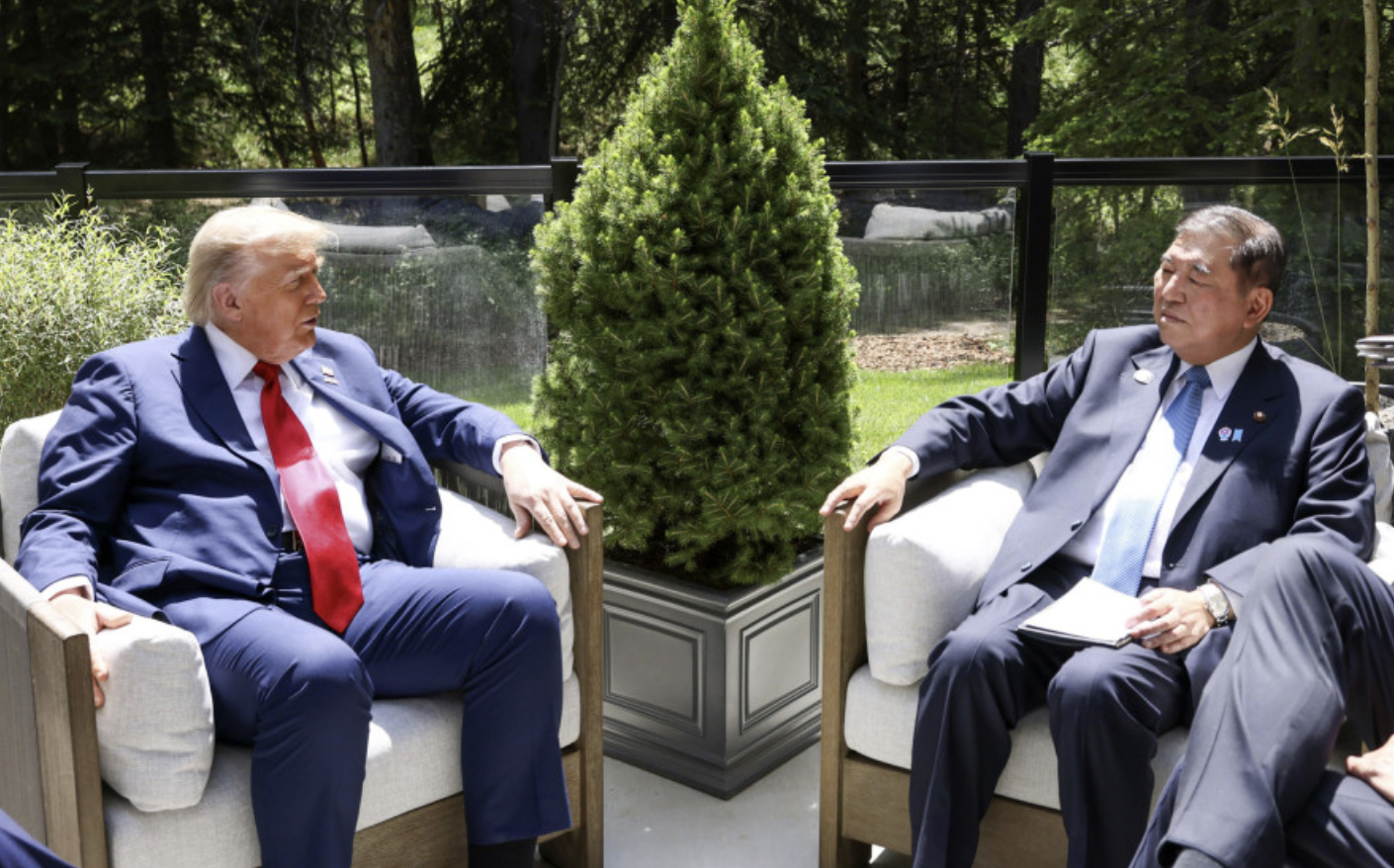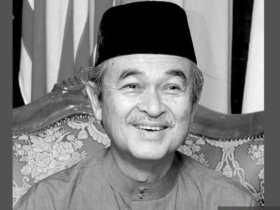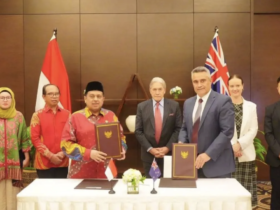TOKYO, June 17 – Japanese Prime Minister Shigeru Ishiba and U.S. President Donald Trump made little headway in bridging gaps over tariffs at their summit on Monday, casting doubt on the prospect of a quick yet “mutually beneficial” package deal that can protect Japan’s all-important auto sector, Kyodo news agency reported.
After sitting down with Trump for 30 minutes in Canada’s Rockies, Ishiba said any potential deal should serve the interests of both Japan and the United States, and that bilateral ministerial talks will continue to seek such an agreement.
The meeting, held on the fringes of the Group of Seven leaders’ summit in Kananaskis, gave a glimpse into the difficulty faced by the longtime allies in meeting halfway as Trump’s imposition of tariffs on everything from cars and auto parts to steel and aluminum has raised concerns about the export-driven Japanese economy.
While the United States has given Japan and other countries a 90-day reprieve from what it calls “reciprocal” tariffs, Ishiba did not say whether he and Trump discussed the possibility of an extension, after Washington hinted that the pause can be extended for trading partners engaged in negotiations in “good faith.”
“We have yet to reach a deal as a package because we remain apart over certain aspects,” Ishiba told reporters after what he described as “candid” discussions with Trump.
Through rounds of ministerial negotiations, Japan has been urging the United States to rethink the tariff policy, implemented to rectify what Trump sees as imbalanced trade.
Among the hiked import duties, a 25 percent tariff on autos is seen as a sticking point. The auto sector forms the backbone of the Japanese economy and the United States is a critical market for the likes of Toyota Motor Corp.
Those Japanese automakers, however, have been ramping up investment and production in the United States over the years, a point that the Japanese side has been seeking to get across to Trump.
Japan exported around 1.38 million vehicles to the United States in 2024, government data shows. Japanese automakers, meanwhile, produce 3.28 million cars and light trucks in the United States annually according to the Japan Automobile Manufacturers Association.
Despite economists predicting that higher U.S. tariffs would push down economic growth, Ishiba has consistently said Japan would not rush to make a quick deal at the expense of national interests.
“We should not say how much progress we have made because an agreement as a package is everything,” Ishiba said. “We negotiated over the possibility (of a deal) until the last minute.”
Trump, whose use of tariffs symbolizes his push for an “America First” agenda, had indicated that there could be a “few new trade deals” in the offing though he did not say whether they would include one with Japan.
The president told reporters after his second face-to-face summit with Ishiba that it went “well,” without elaborating.
Trump’s tariff salvo has added a twist to an alliance that has otherwise remained ironclad.
The outlook for a deal appears uncertain ahead of a crucial election for Japan’s House of Councillors expected to be held on July 20.
Ishiba and Trump spoke multiple times in the run-up to Monday’s meeting, which was supposed to be what the Japanese premier said would be a “milestone” in tariff negotiations.
Japan’s chief tariff negotiator Ryosei Akazawa, a close aide to Ishiba, has repeatedly flown between Tokyo and Washington to sort out differences with his U.S. counterparts.
They have discussed expanding trade, addressing nontariff measures and cooperating over economic security.




















Leave a Reply